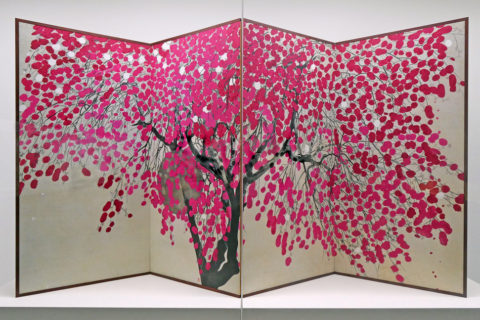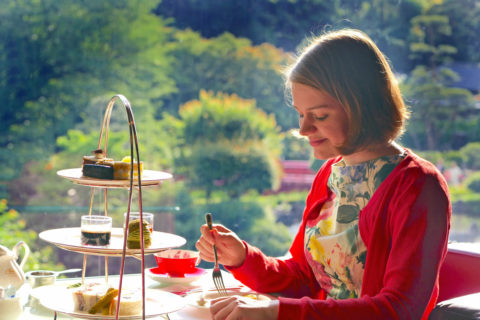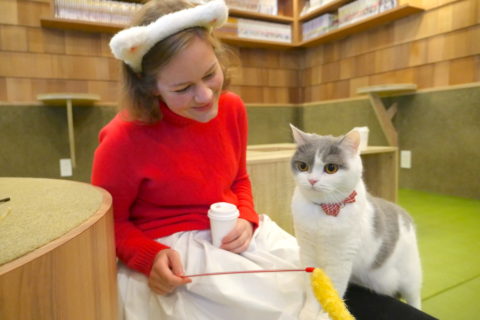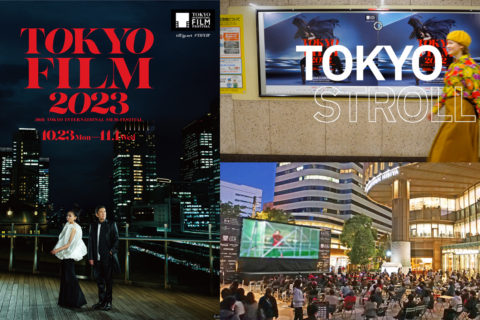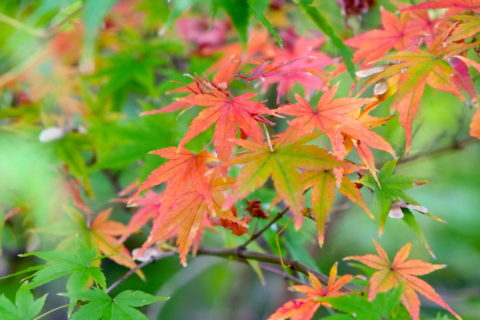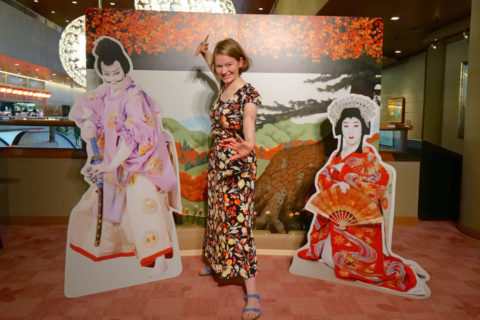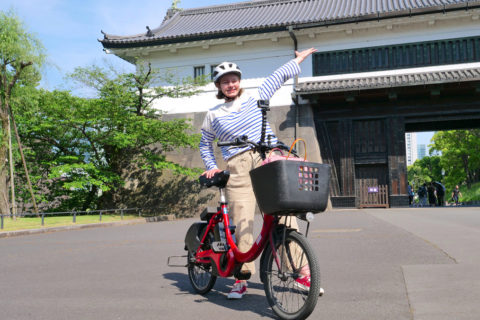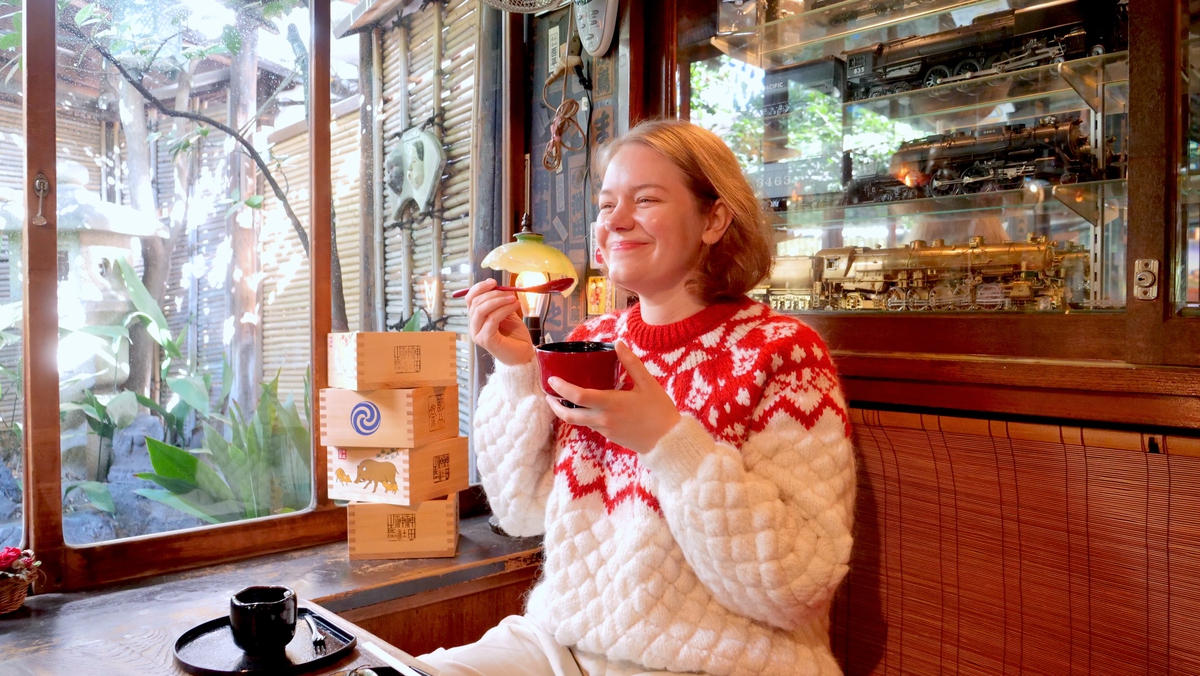
The New Year season is about to begin, and in Japan, there are unique customs. For instance, on New Year’s Eve, people enjoy New Year’s soba (buckwheat noodles) and welcome the New Year by listening to the temple bell ringing at the stroke of midnight. Following the New Year, there’s the tradition of “hatsumode,” the first visit to a temple or shrine to wish for happiness in the coming year. In this article, we’d like to introduce “Amanoya’s” amazake (sweet sake), which we hope you’ll stop by and taste after your first temple visit.
Content
Founded to Avenge a Vendetta! Amanoya, an Established Amazake Store
Amanoya, situated next to the grand torii gate of Kanda Myoujin, is an established amazake store with a history spanning about 180 years. The founder, Shinsuke Amano, was a samurai residing near Kyoto. One fateful day, his younger brother, who was training as a swordsman in Edo (present-day Tokyo), was assassinated. Driven by vengeance, Shinsuke moved to Edo to seek retribution. However, finding the culprit in the vast city of Edo proved challenging. To gather information effectively, he opened a teahouse in 1846 in front of Kanda Myoujin, capitalizing on the heavy foot traffic and abundance of information available. Thus, “Amanoya” came into being.
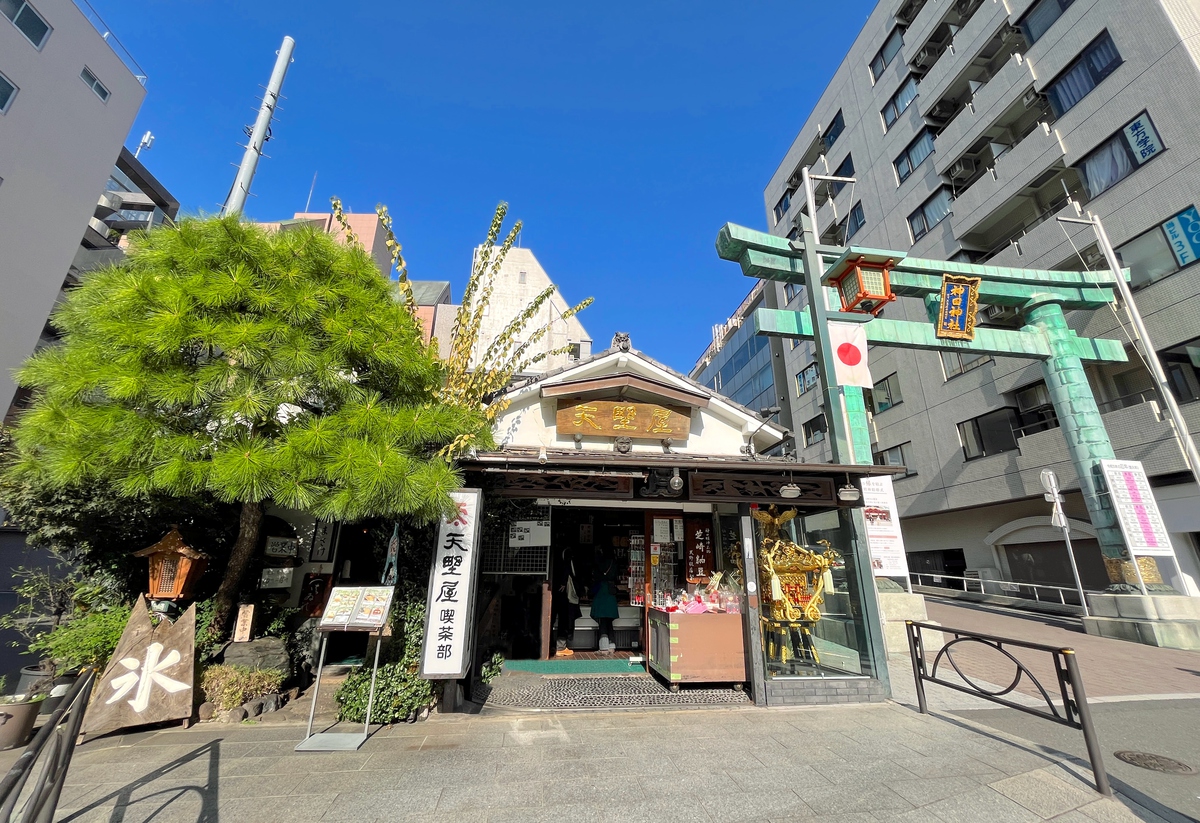
Though Shinsuke ultimately failed to avenge his brother’s death, he began producing koji (malted rice) in an underground earthen chamber at that location. He utilized this to craft miso and amazake (sweet sake). The homemade amazake that has been sold since then is still available at the same location.
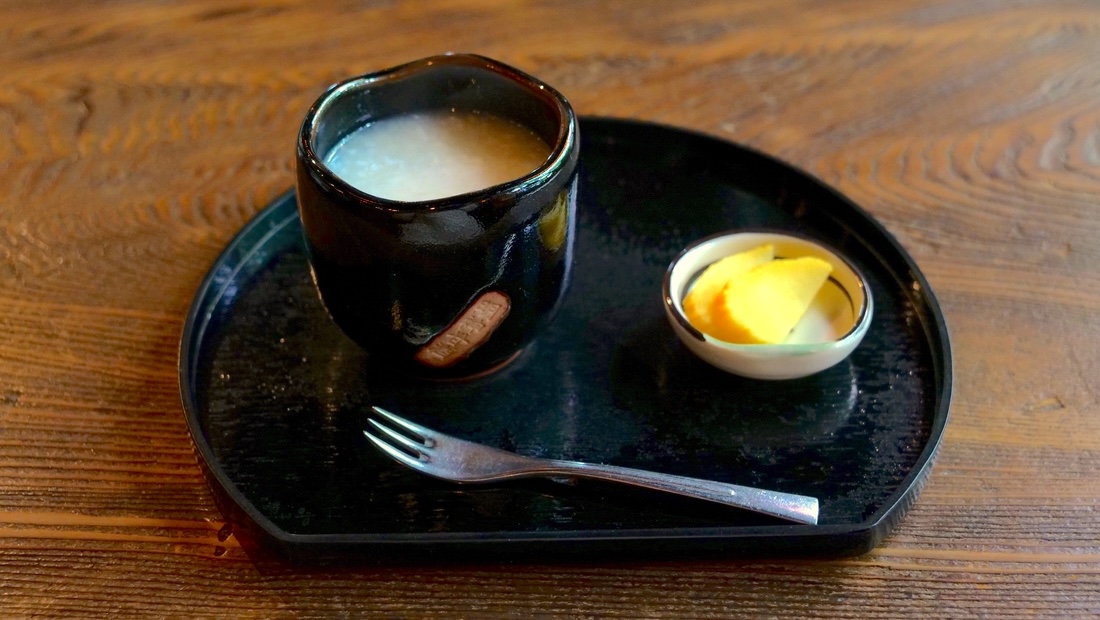
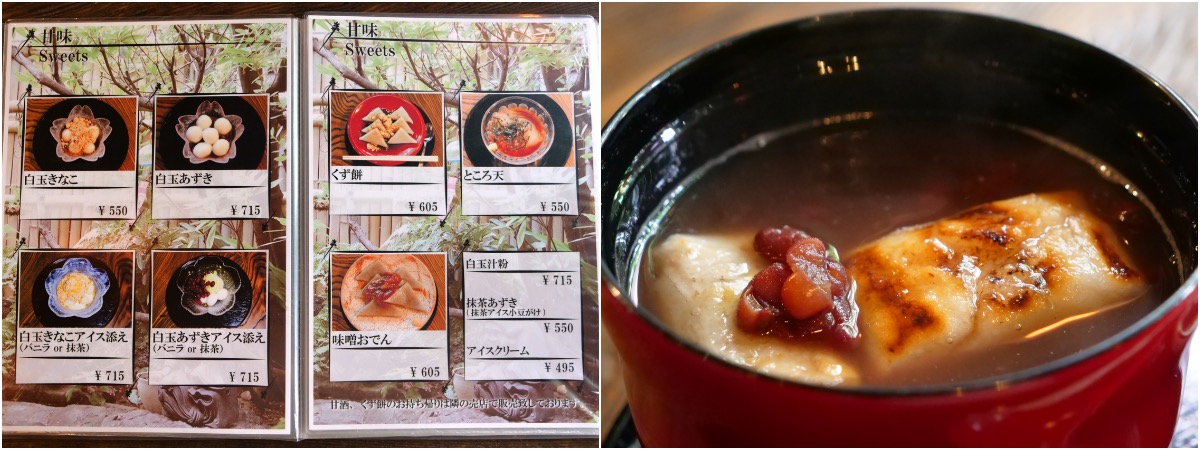
Amanoya not only offers amazake for takeout but also encourages customers to enjoy it leisurely at the charming retro café adjacent to the store—a spot reminiscent of Tokyo a century ago! Amanoya’s amazake has a mild, slightly sweet, and soothing taste with a subtle rice essence.
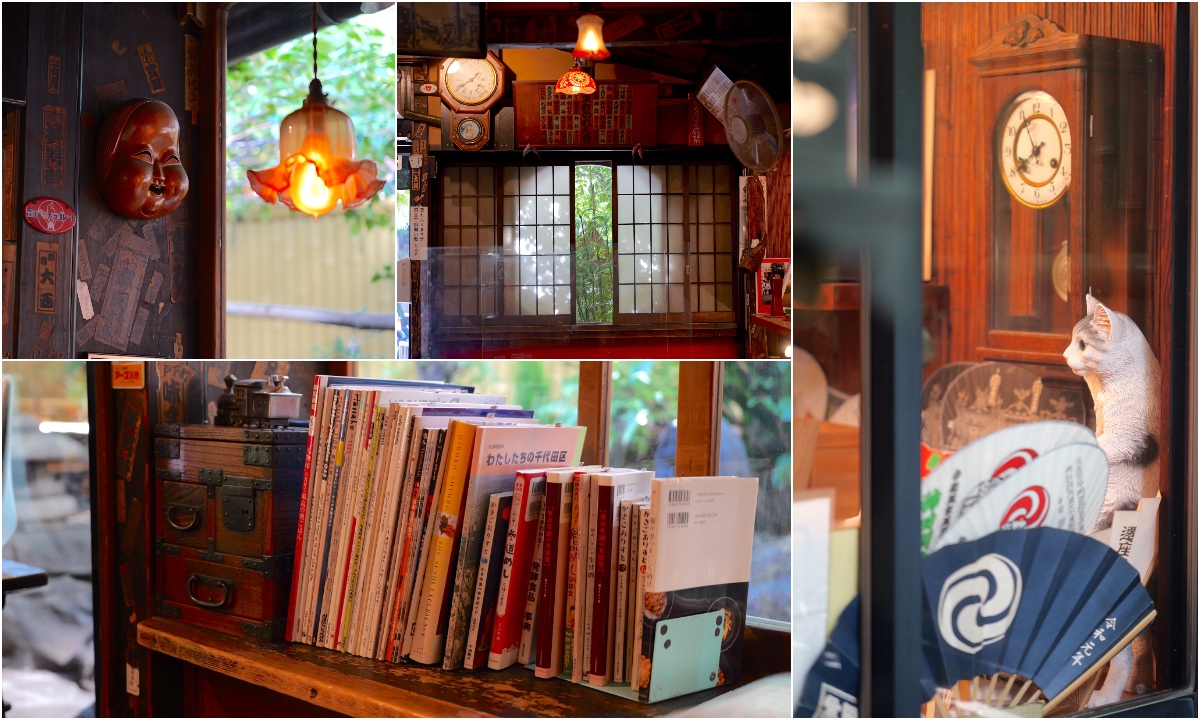
Nutritious Amanoya’s Amazake
Amanoya’s amazake comes in two varieties. One is a non-alcoholic version made with rice malt, while the other contains alcohol, crafted from sake lees. Both are nutritious and rich in vitamins and minerals, promoting good health!
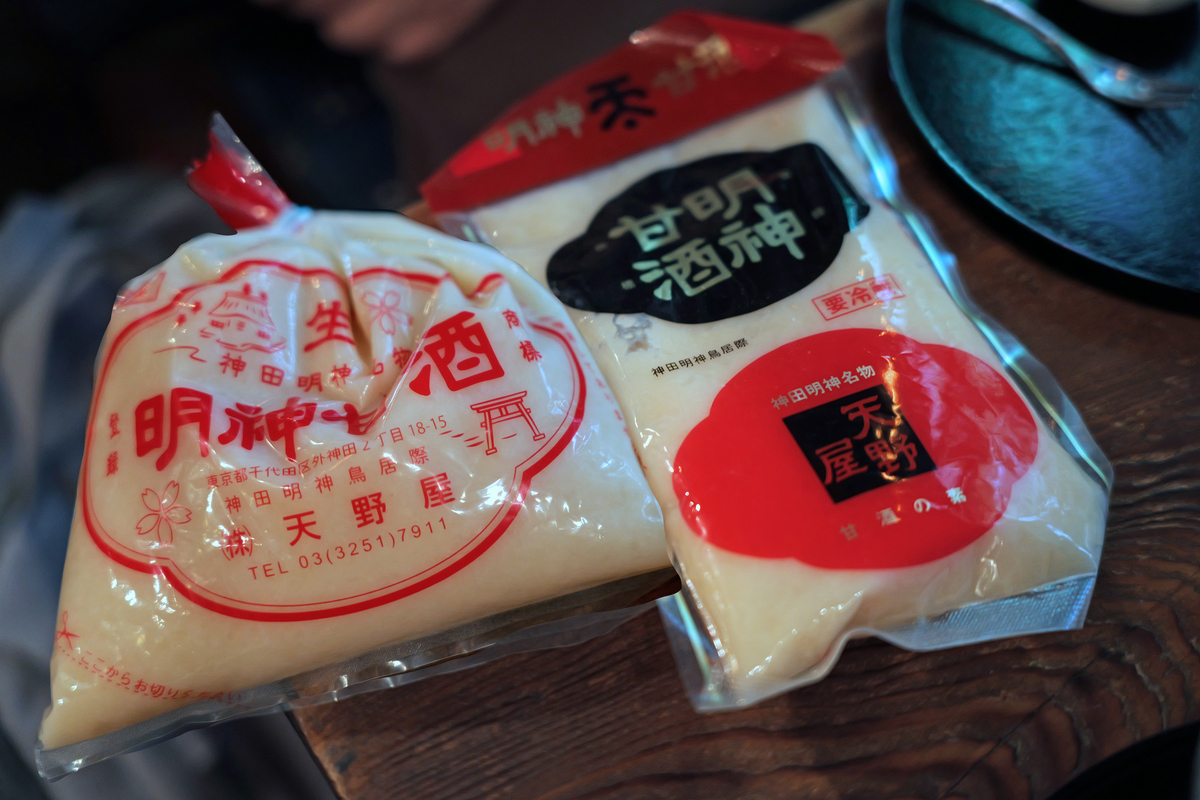
Amanoya’s amazake is made solely from rice malt, rice, and water. In its manufacturing process, koji mold is added to cooked rice for fermentation. This process breaks down the rice starch into glucose and oligosaccharides, resulting in a gentle natural sweetness without having to add extra sugar. Being alcohol-free, it’s suitable for everyone from children to adults.
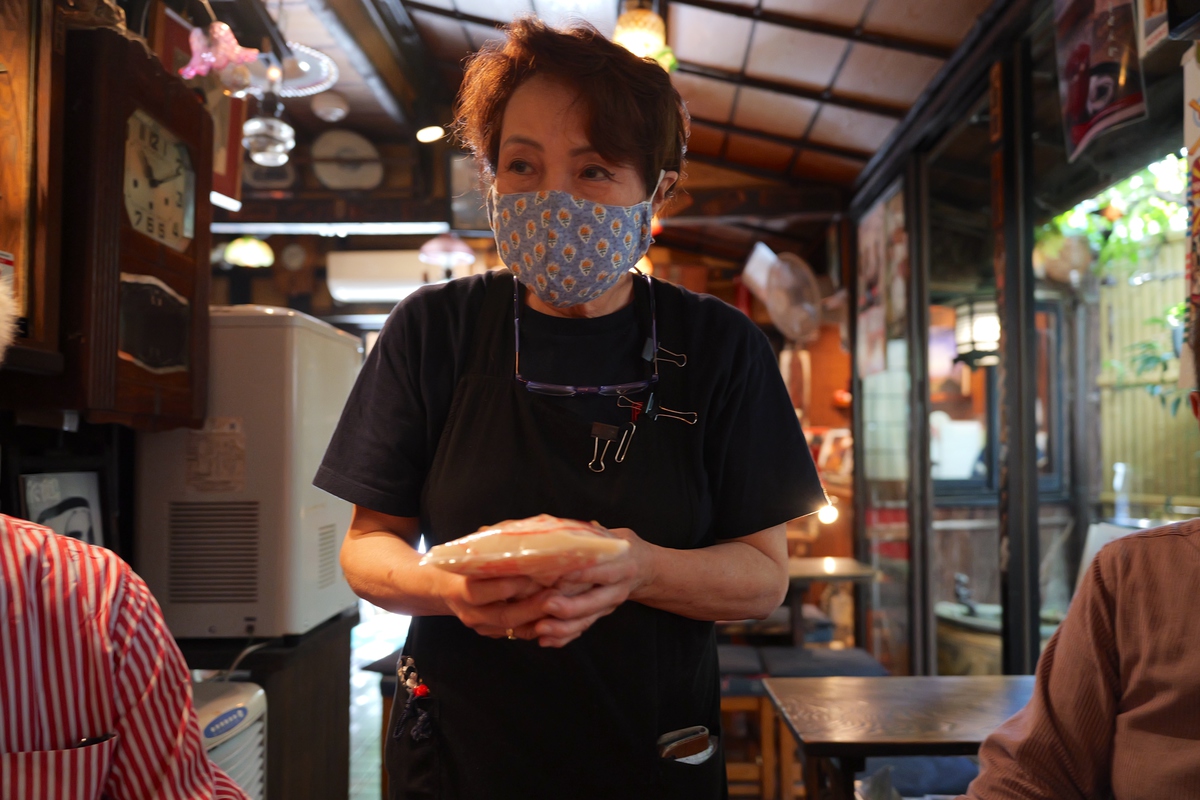
Amazake has a lot of nutrients and was consumed during the Edo period (1603-1867) to combat summer fatigue. Lately, amazake has been touted as a “drink infusion” and is regaining attention as a nutritional beverage.
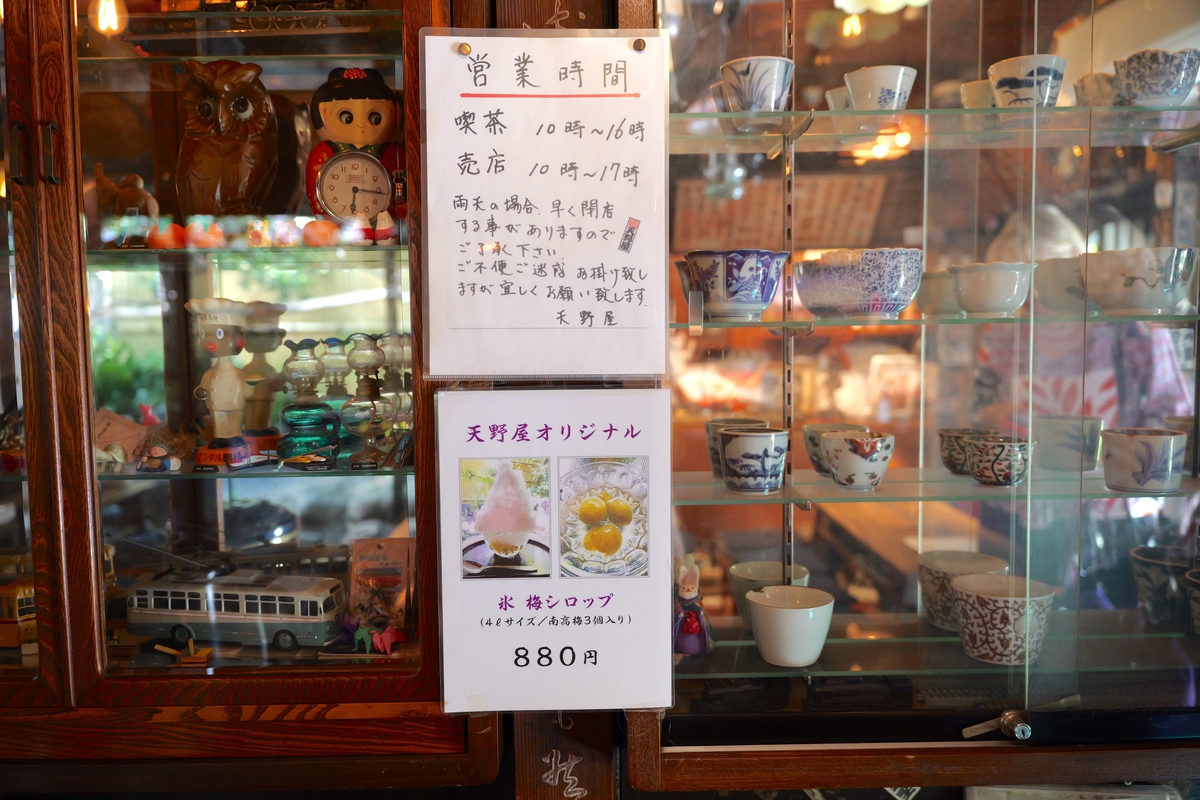
Do consider trying Amanoya’s amazake, crafted using traditional methods!
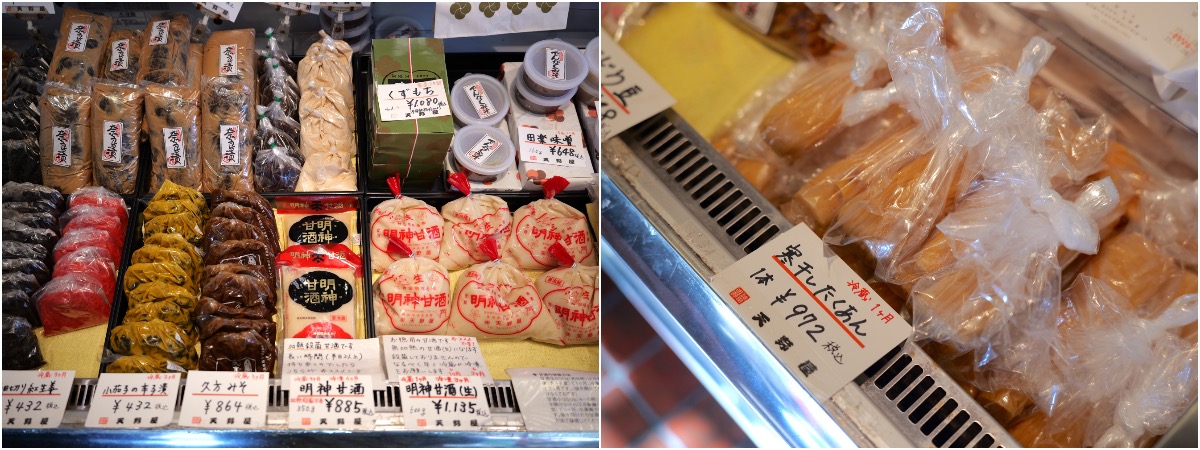
Amanoya
http://www.amanoya.jp
2-18-15 Sotokanda, Chiyoda-ku, Tokyo
Google Maps: https://maps.app.goo.gl/GZwH1XsXA4KWbBeT6
Access : Ochanomizu Station, Shin-ochanomizu Station, Suehirocho Station, Akihabara Station
*Please check the year-end and New Year’s business information.
Hatsumode Information at Kanda Myoujin Shrine
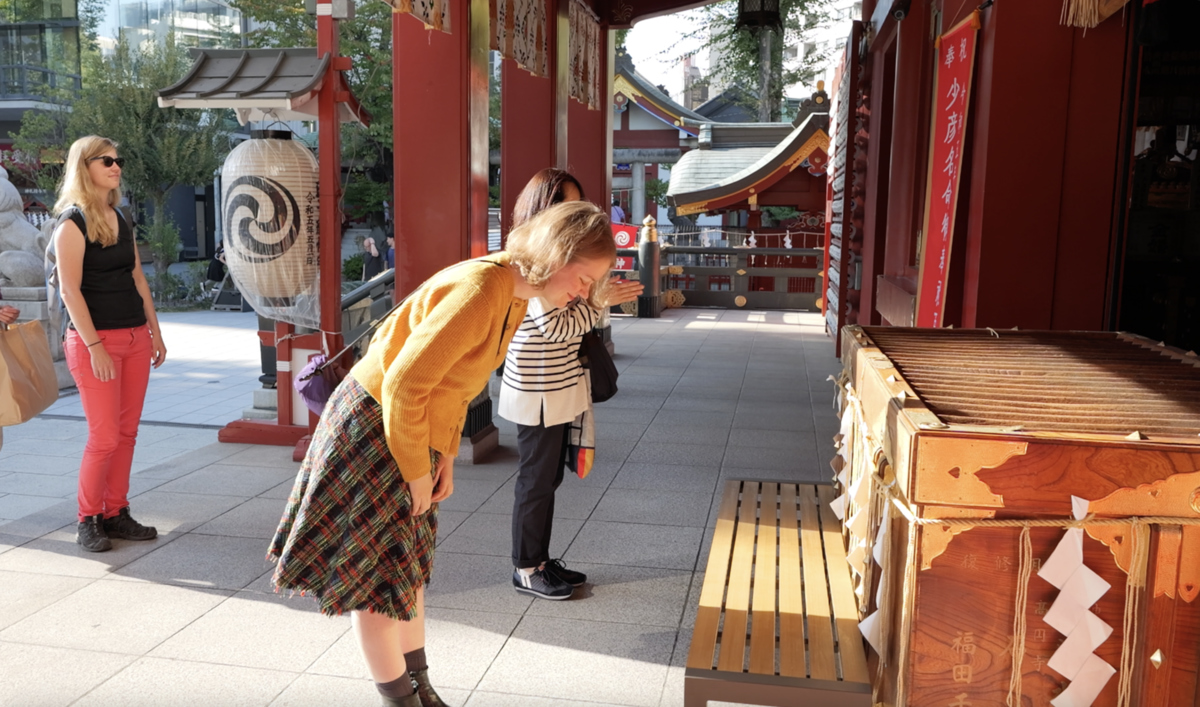
Kanda Myoujin is a shrine with a history of around 1,300 years. While honoring ancient traditions, Kanda Myoujin combines “tradition” and “innovation” by organizing special exhibitions that mix shrine items like amulets and ema (votive picture tablets) with animated cartoons. The shrine is dedicated to gods known for matchmaking, business success, and safeguarding against disasters.
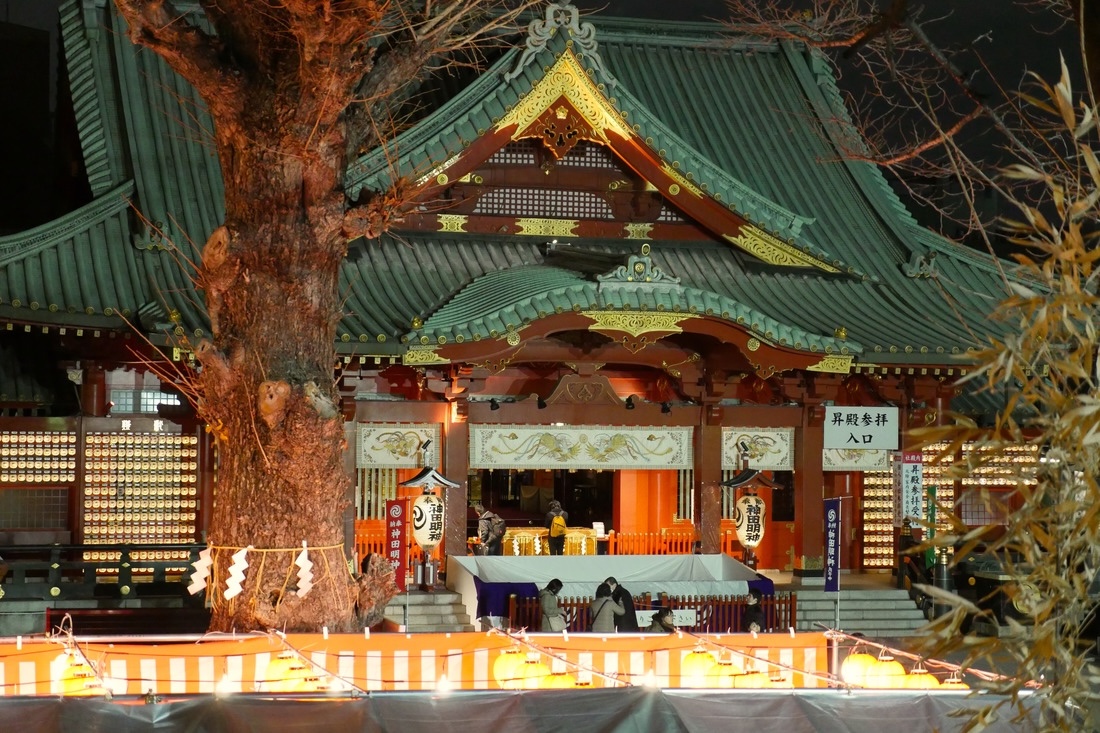
Hatsumode, the first shrine visit of the year, starts at midnight on January 1st at Kanda Myoujin. As a very popular shrine, it’s expected to draw over 300,000 Hatsumode visitors. Many worshippers are likely until about January 5th. One of the festival highlights will be the “Kagura Hajime,” a dance performed by shrine maidens on Friday, January 12th, 2024, at 15:00. You can always check the crowded conditions on the live camera, so try visiting the shrine when it’s less busy!
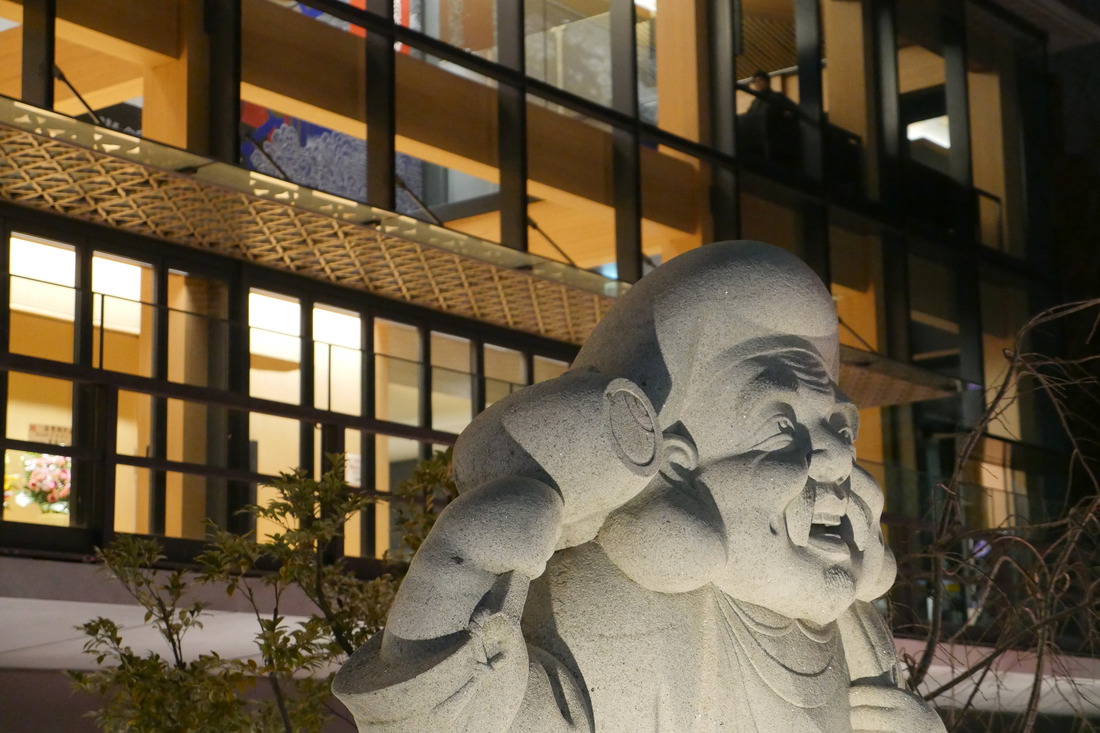
While everyone is welcome to visit shrines and temples in Japan, it’s best to avoid bare feet, shorts, and other casual clothes for worship. For more guidance on how to visit shrines and temples, please refer to this article and video:
https://visit-chiyoda.com/japan-for-beginners-visiting-shrine/
Kanda Myoujin Shrine
Website: https://www.kandamyoujin.or.jp
Hatsumode information: https://www.kandamyoujin.or.jp/event/detail/?id=2
Live camera: https://www.kandamyoujin.or.jp/liveCam/
Address: 2-16-2 Sotokanda, Chiyoda-ku, Tokyo
Google Maps: https://goo.gl/maps/na71CTu7tMca8uX77
Nearest Stations: Ochanomizu Station, Shin-ochanomizu Station, Suehirocho Station, Akihabara Station


